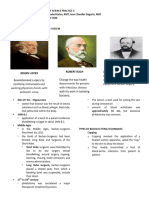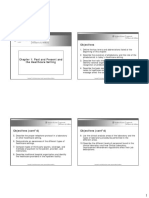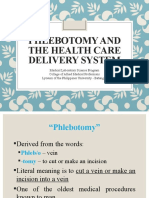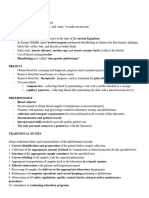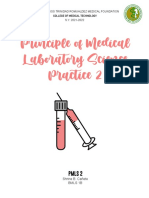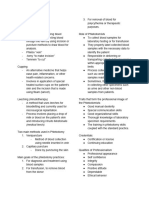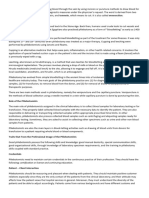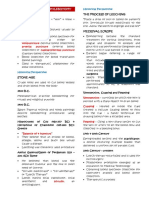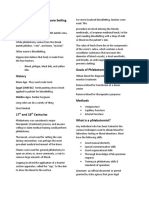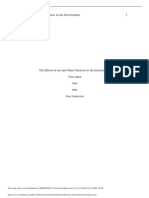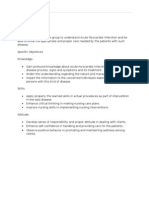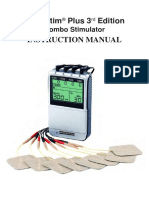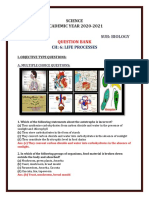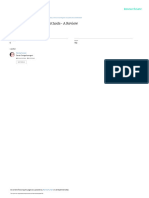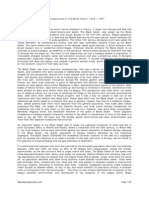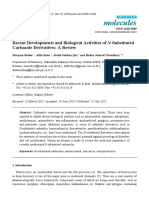0% found this document useful (0 votes)
79 views12 pagesPmls 2 Notes
The document outlines the historical development and current practices of phlebotomy, including ancient techniques like bloodletting and cupping, as well as modern procedures such as venipuncture and capillary puncture. It emphasizes the importance of certification, licensure, and continuing education for phlebotomists, along with the necessity of effective communication and patient interaction skills. Additionally, it details various clinical analysis areas and tests performed in laboratories to aid in disease diagnosis.
Uploaded by
Jerica NapayCopyright
© © All Rights Reserved
We take content rights seriously. If you suspect this is your content, claim it here.
Available Formats
Download as DOCX, PDF, TXT or read online on Scribd
0% found this document useful (0 votes)
79 views12 pagesPmls 2 Notes
The document outlines the historical development and current practices of phlebotomy, including ancient techniques like bloodletting and cupping, as well as modern procedures such as venipuncture and capillary puncture. It emphasizes the importance of certification, licensure, and continuing education for phlebotomists, along with the necessity of effective communication and patient interaction skills. Additionally, it details various clinical analysis areas and tests performed in laboratories to aid in disease diagnosis.
Uploaded by
Jerica NapayCopyright
© © All Rights Reserved
We take content rights seriously. If you suspect this is your content, claim it here.
Available Formats
Download as DOCX, PDF, TXT or read online on Scribd
/ 12

